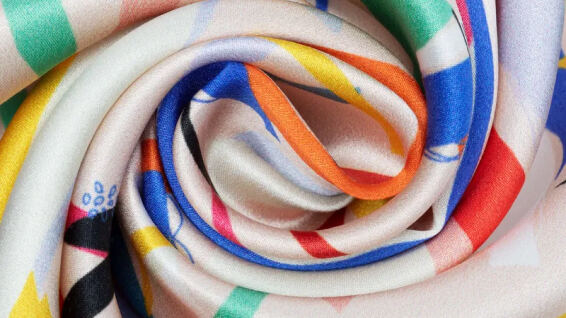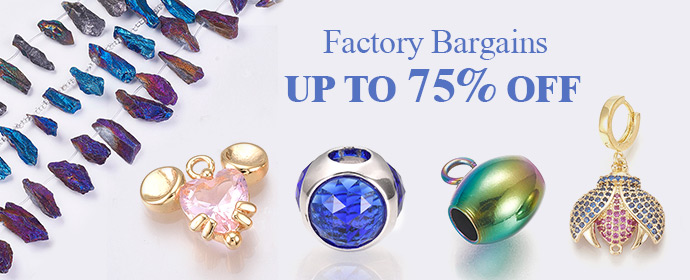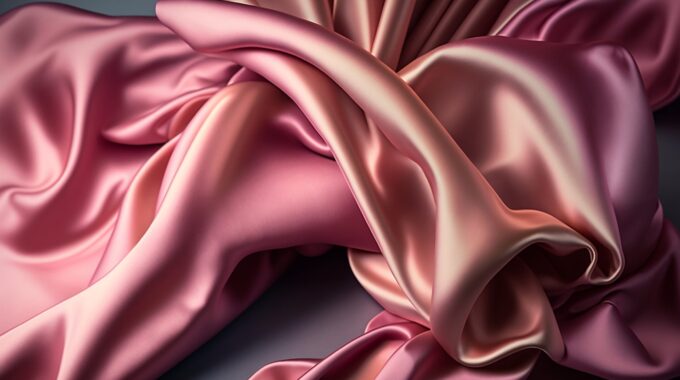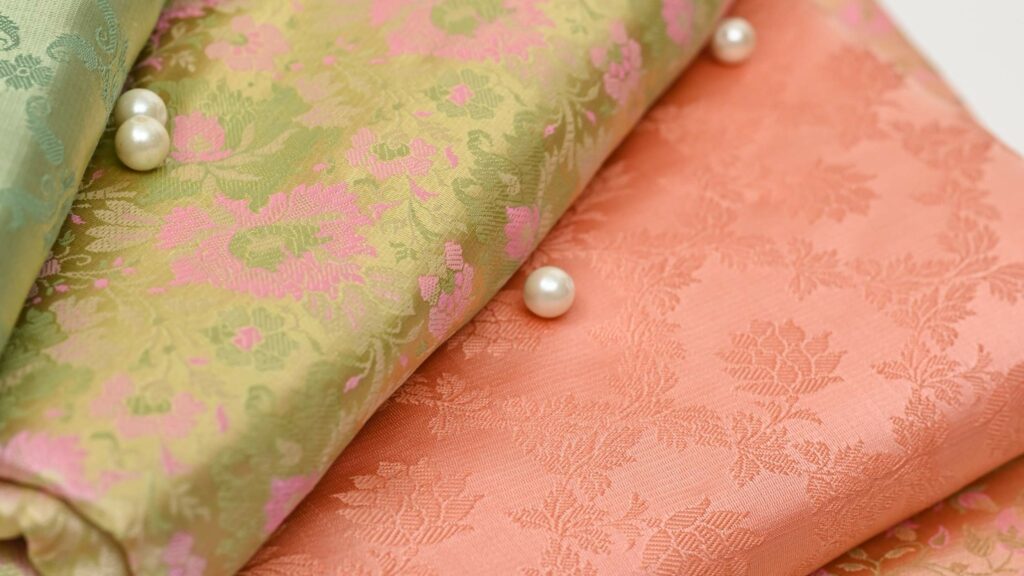Indian silk has long been considered the pinnacle of elegance and beauty. It is renowned for its natural origin, feel, and texture. This fabric has been a mainstay in traditional clothing and high fashion throughout numerous nations and continents for centuries. It has also played a significant role in the home furnishings business. Notwithstanding its enormous popularity and reach, there are still issues related to its origins, creation, and moral and environmental implications. You will learn what is silk fabric, how it is produced, where it comes from, and how it differs from other materials used in the textile industry in the article that follows.
What is fabric made of silk?
Made from the delicate cocoon thread produced by silk worms, silk is an entirely natural fibre. Mostly silkworms of the Bombyx mori species. Despite its fragile nature and small weight, it remains the strongest natural fiber. Silk’s inherent sheen is caused by a triangular prism-like structure of the fiber that reflects light at various angles, giving the material its glossy appearance. They are upscale in terms of both cost and morality because of the qualities of silk fabrics.
Where Is Silk Originated?
Silk has a 5,000-year history and originated in China. This story of its discovery is accompanied by legends about Empress Leizu, who discovered and observed the glistening cocoon threads after one fell into her tea. China established a flourishing silk industry and improved its methods over time. Due to the fabric’s popularity, new trade routes were established, most notably the Silk Road, which effectively brought Chinese silk to the Middle East, Europe, and the Western world. Silk and world history are intricately entwined due to this network, which not only facilitated trade but also enabled a wide-ranging exchange of culture, art, crafts, and technology.
How to identify Genuine Silk
Since silk is now a very popular fabric, imitations of it have kept growing. Knowing how to distinguish true silk from blends of polyester and rayon, which are referred known as fake silk in global marketplaces, is crucial because it does assist one avoid paying high prices for inferior fabrics. To put it another way, genuine silk has a very delicate, almost warm feel to it, as well as a faint rustling sound that is sometimes referred to as the “crisp” sound of the fabric when it is rubbed together. Real silk does not shine flat like the imitations do; instead, it reflects light at different angles.
Conclusion
Silk was first discovered in ancient China and has since developed into one of the most popular and fascinating luxury textiles available worldwide by the fashion industry. A deeper understanding of the world of silk allows the consumer to appreciate and respect the product by learning about what silk fabric is, how it is created, and where it comes from.
Whether you are a consumer, designer, hobbyist, or student, knowing how silk is made from silkworms to fabric enables you to choose textiles with greater sustainability and consideration. Beauty need not sacrifice a genuine moral by advocating for ethical silk manufacturing and investigating cruelty-free silk substitutes.
By Sara Khan
Recommend0 recommendationsPublished in apparel





